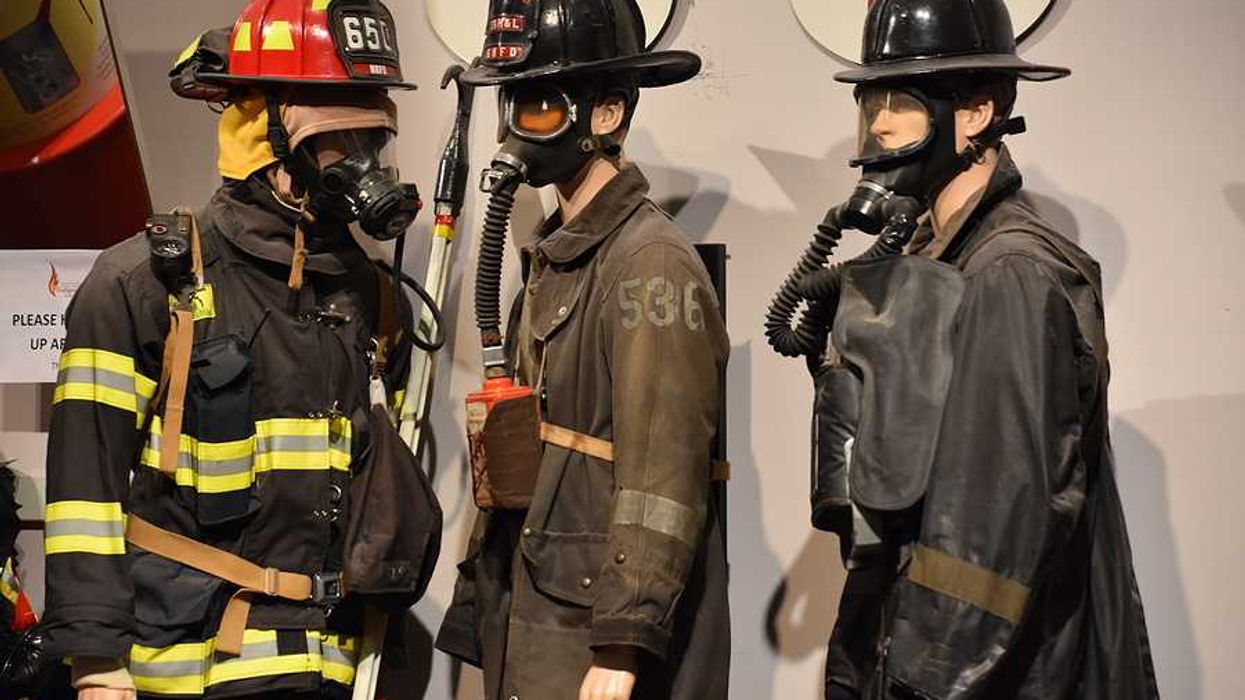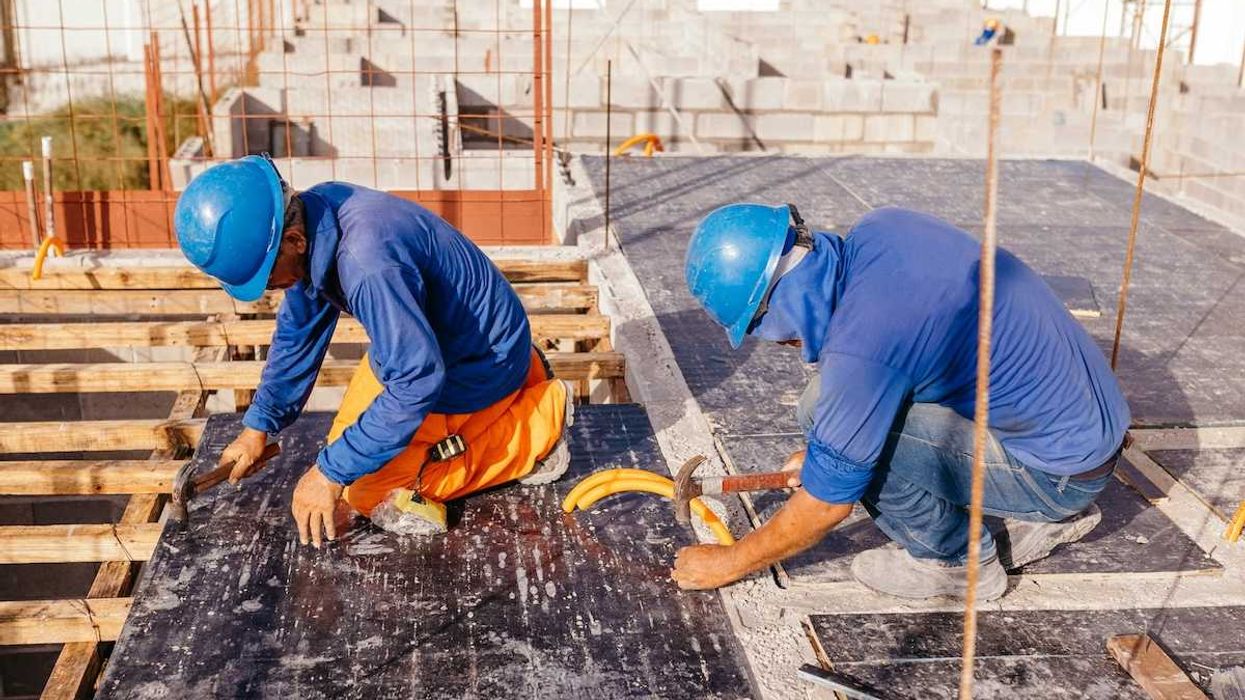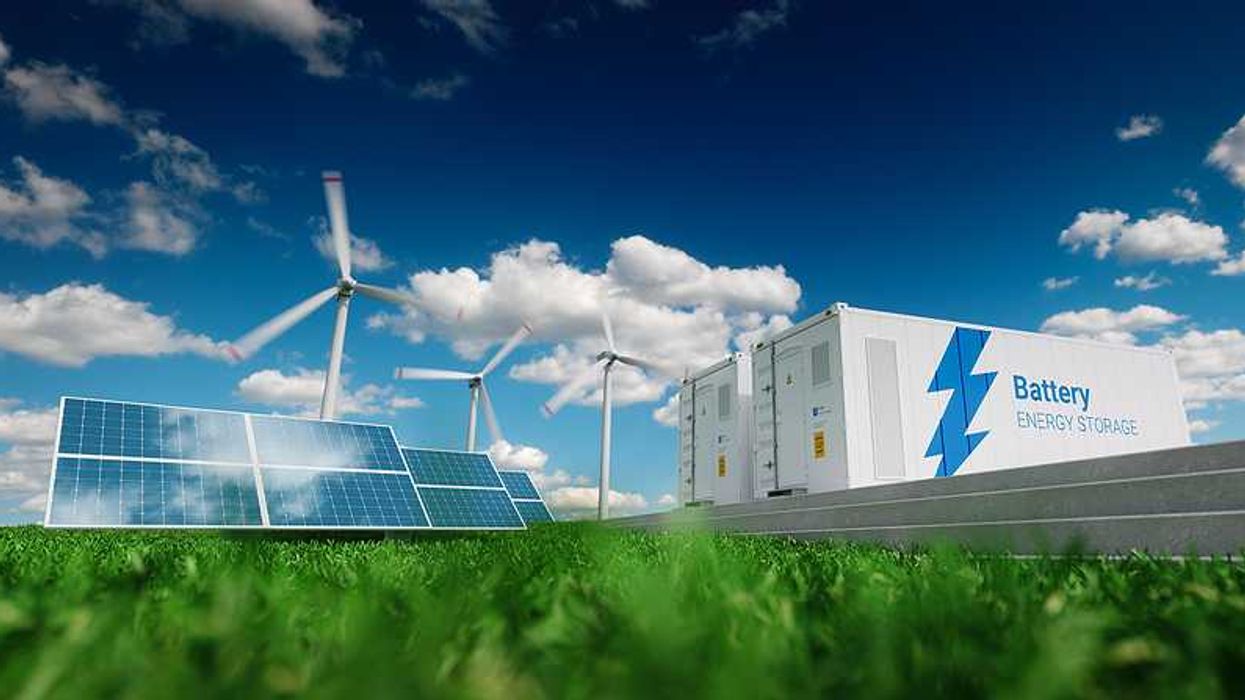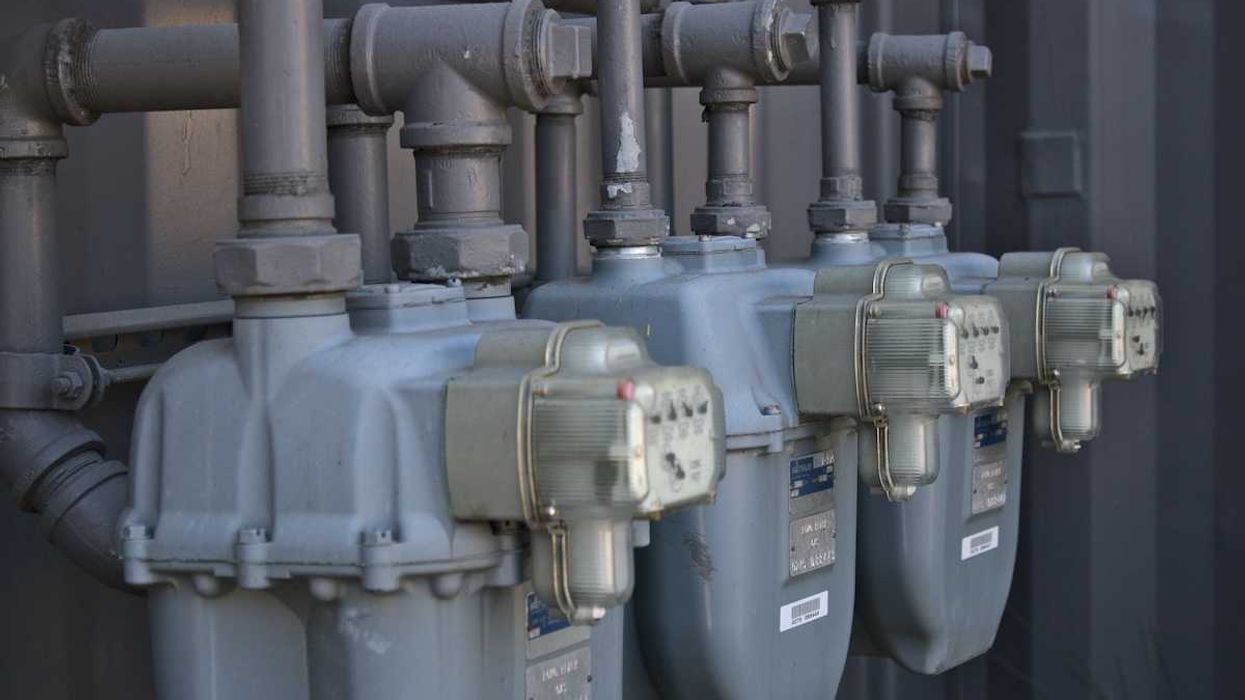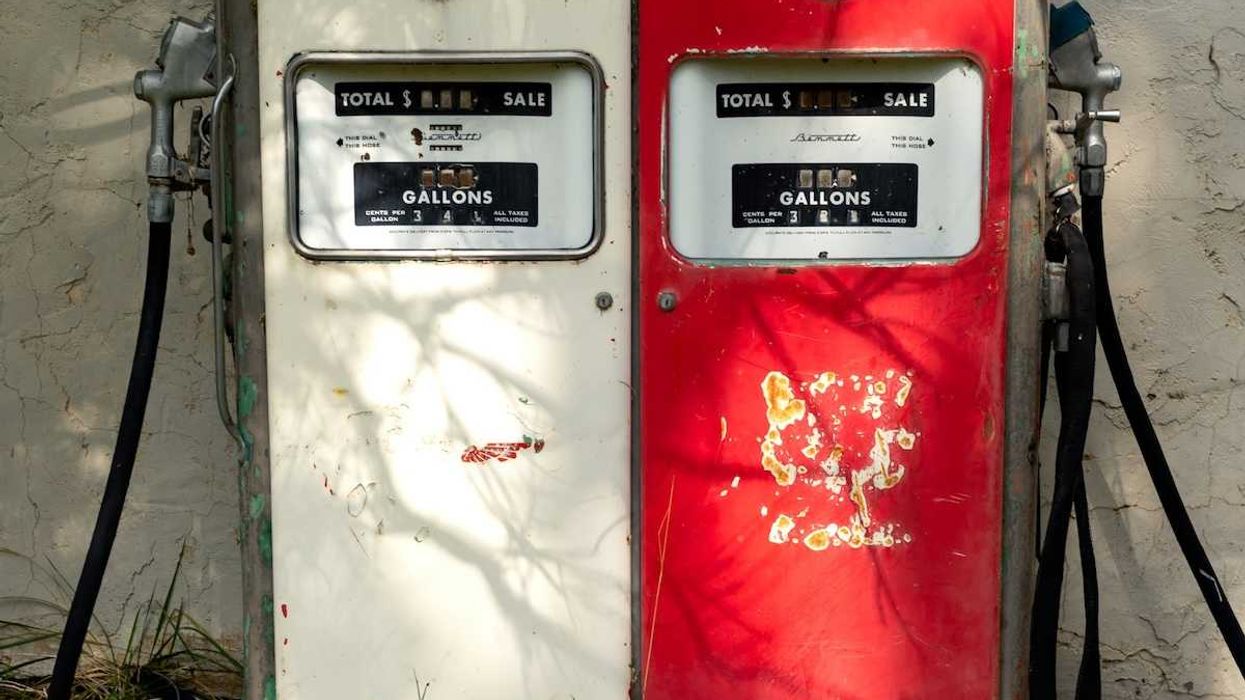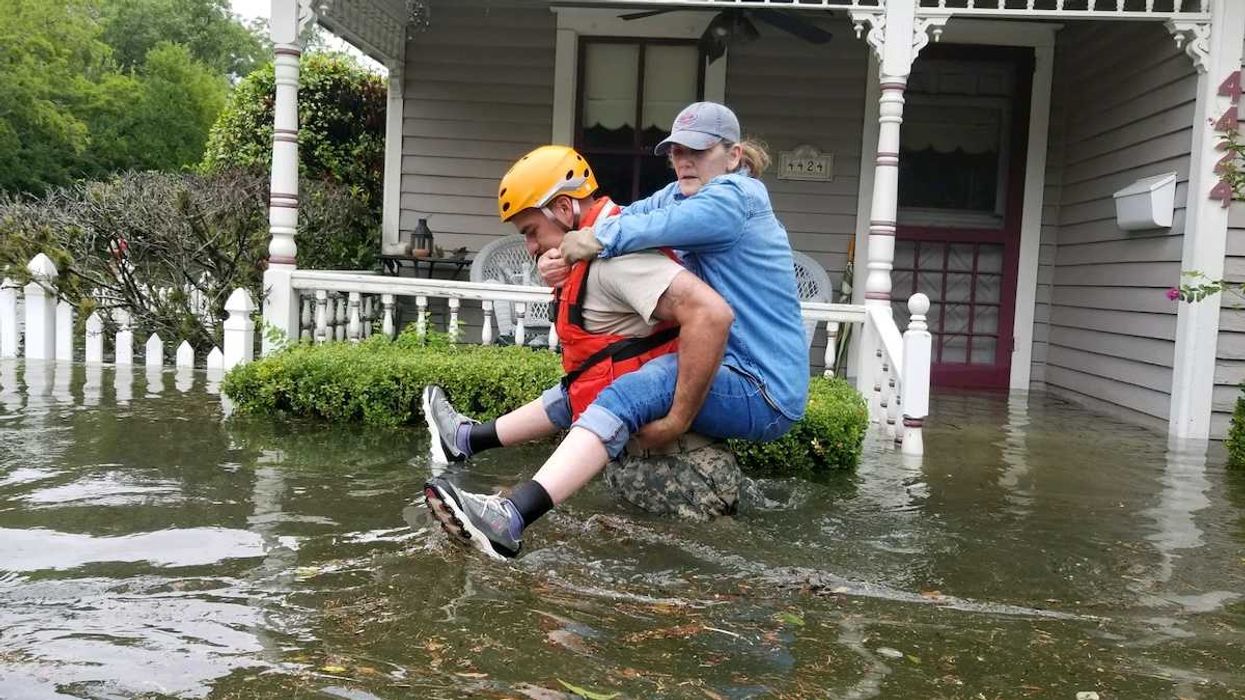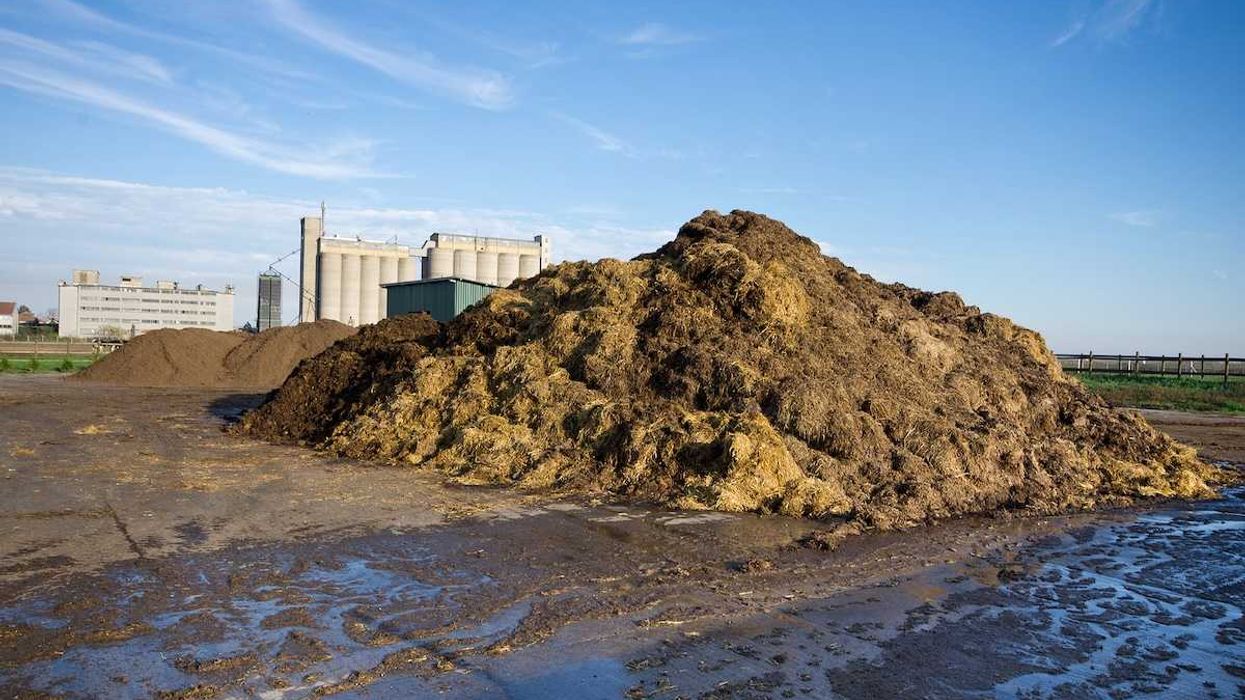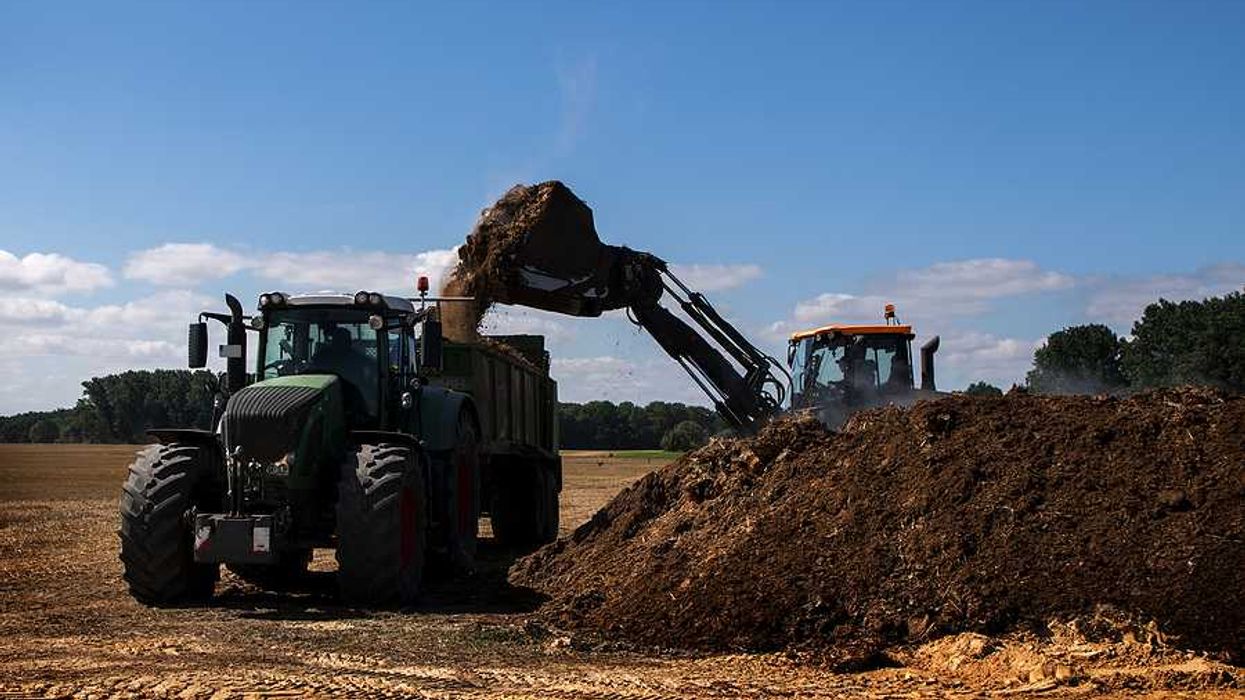As climate change drives more frequent and intense natural disasters, emergency responders are battling burnout, funding shortfalls and growing demands across the U.S.
David Montgomery reports for Stateline.
In short:
- Emergency responders face increasing burnout and PTSD as they deal with more frequent, intense disasters.
- Budgets for emergency management are not keeping pace with the rise in billion-dollar weather events.
- Some states, like Texas, are exploring options such as creating a state-owned firefighting fleet.
Key quote:
“. . . . the COVID-19 pandemic and the increasing number of back-to-back disasters have resulted in disaster fatigue and burnout.”
— 2023 NEMA white paper
Why this matters:
Climate change is making natural disasters more frequent and severe, stretching emergency systems thin. Without proper funding and resources, communities could face slower, less effective disaster responses.
Related EHN coverage:





